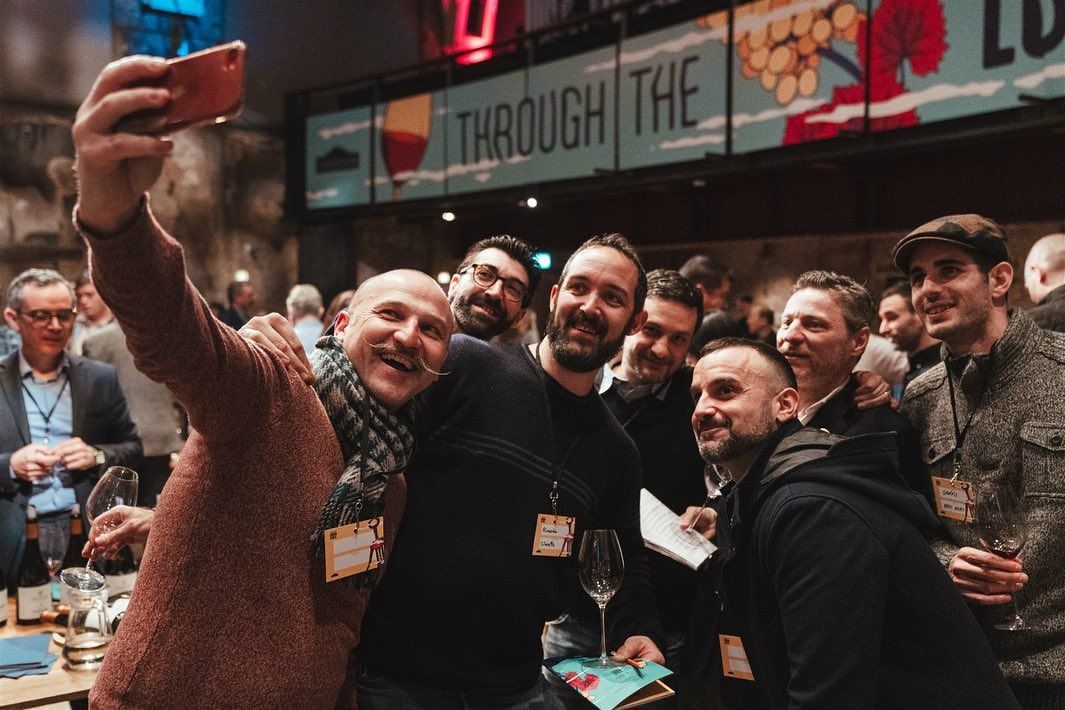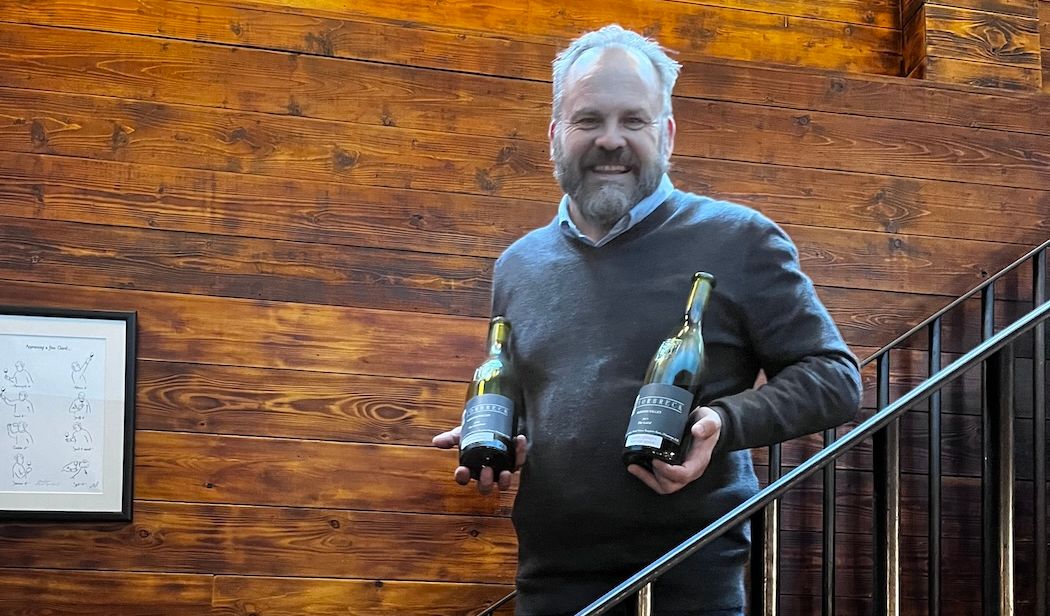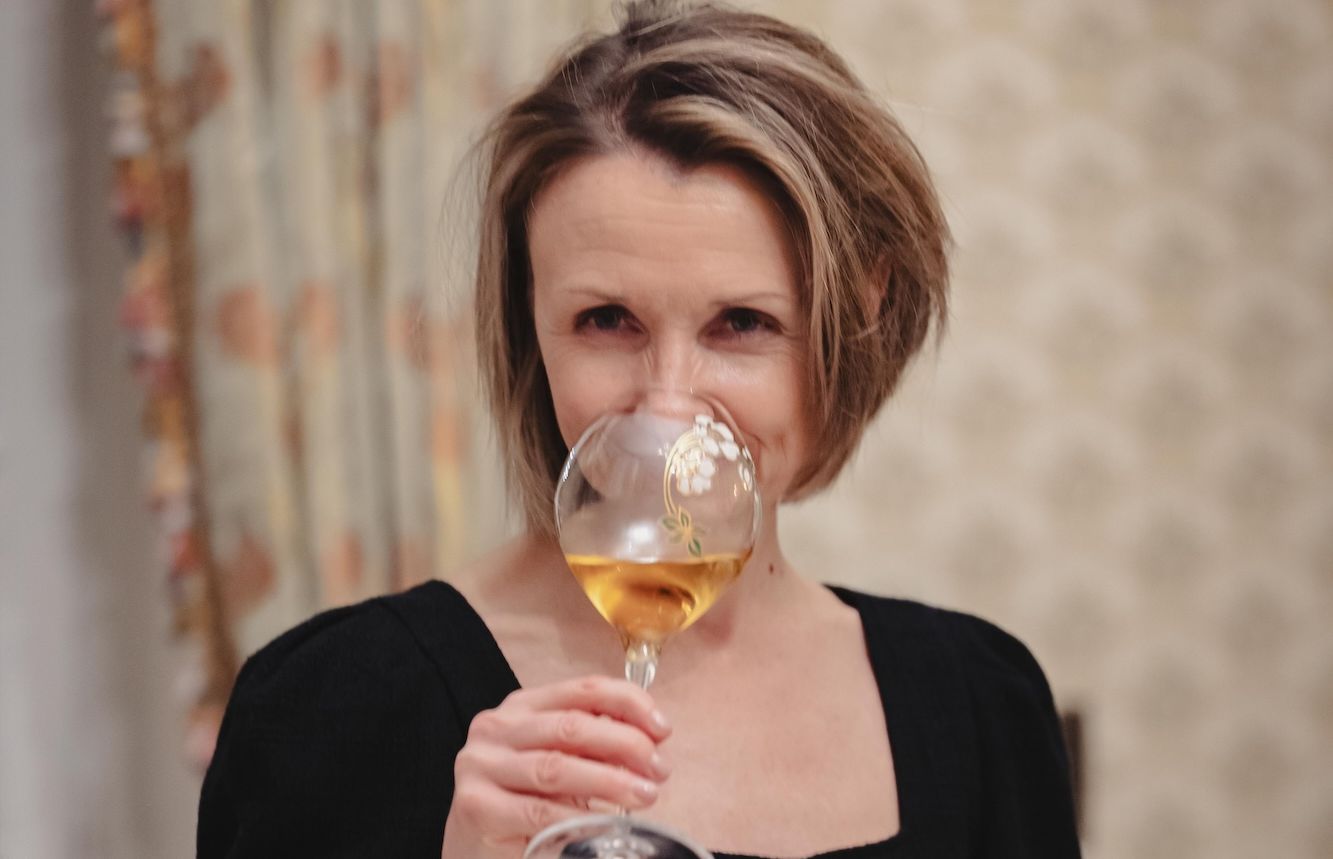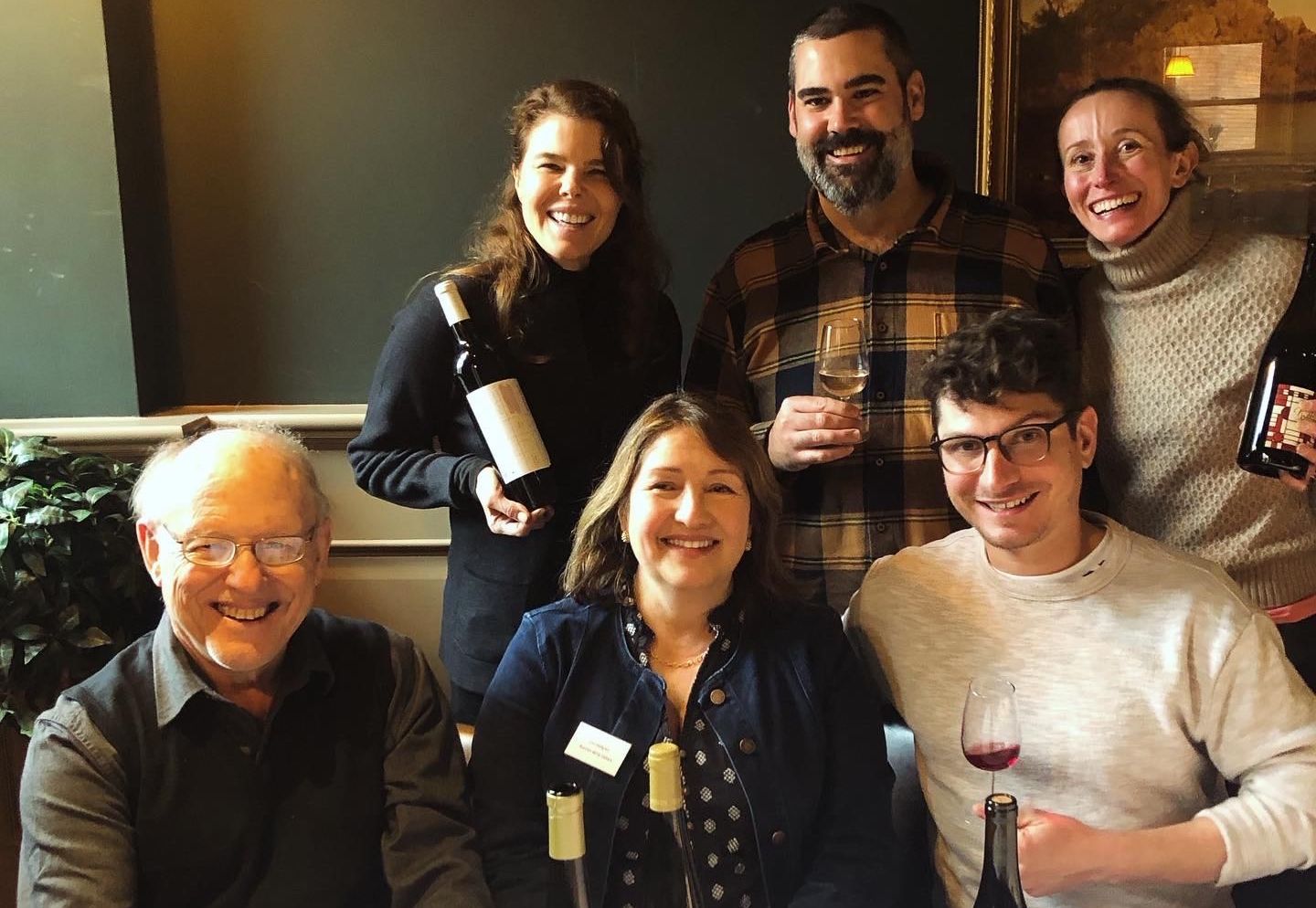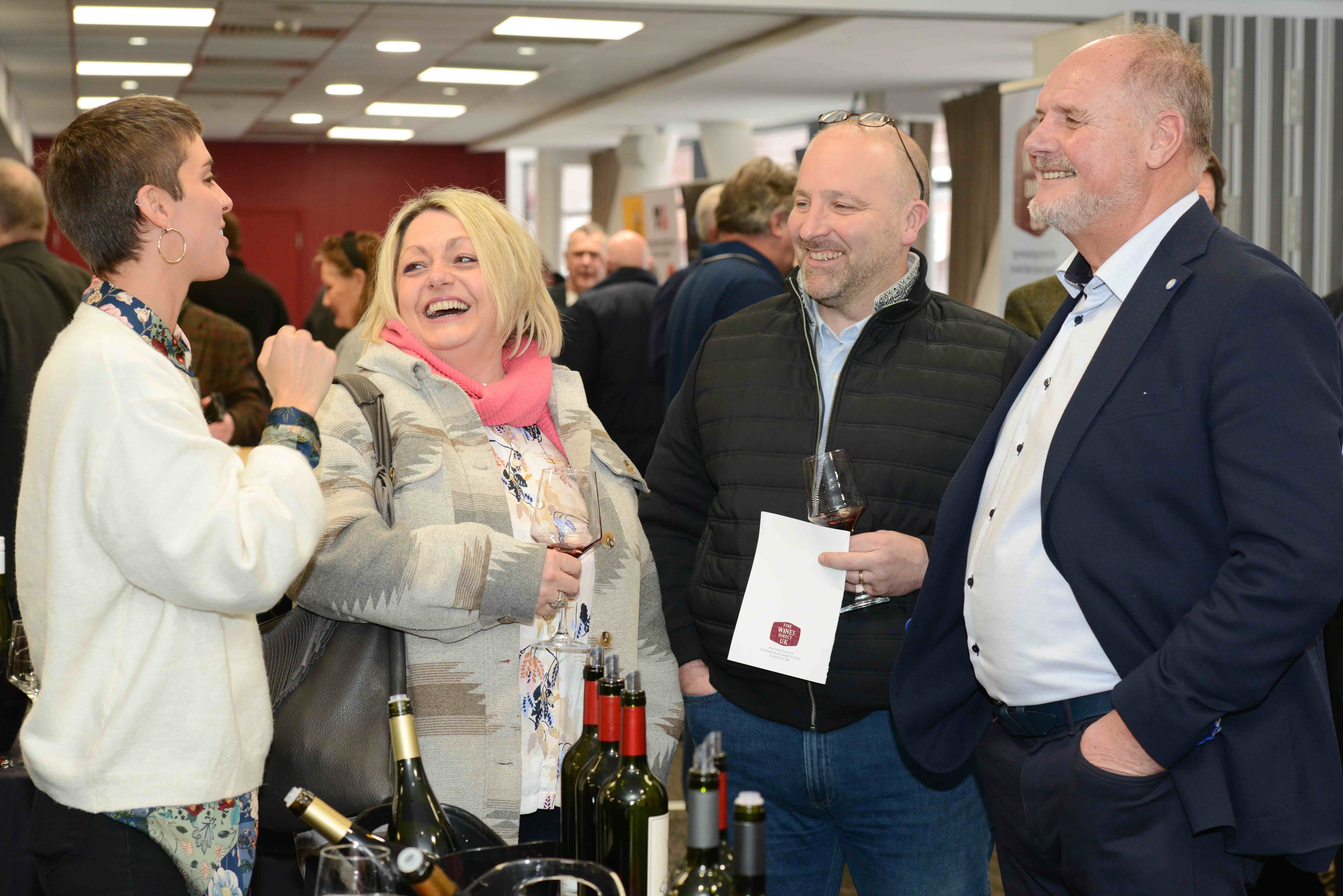“Most importantly, as this tasting showed, Bibendum seems committed to diversity in its range of wines which, as drinkers become more discerning, has to be the way forward,” writes Keay.
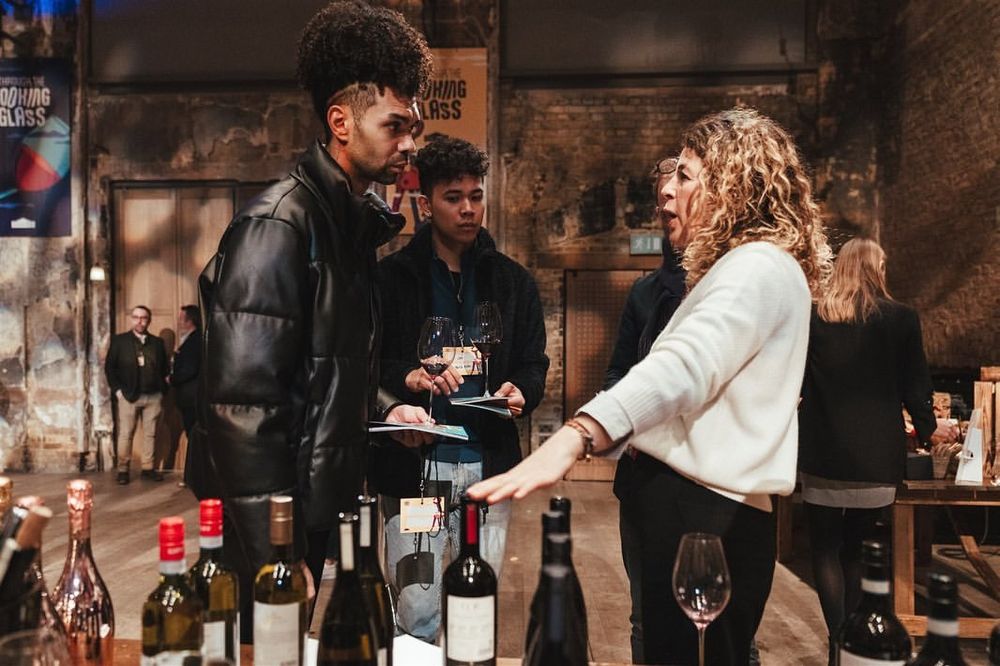
With some 350-400 wines on show in the main hall there were plenty that were saying Drink Me
Bibendum really is getting this themed tasting thing down to a fine art. Hot on the heels of last year’s stylish Art of Wine event comes this year’s Through the Looking Glass, held at the same dynamic venue, the Battersea Arts Centre on Lavender Hill, just up from Clapham Junction station.
As last year, the event was absolutely packed – some 700 people confirmed attendance – and at times felt like Waterloo Station at rush hour. And to suggest this was a young crowd wouldn’t be doing it justice: frankly it was hipster heaven with the only grey hair and furrowed brows belonging to your correspondent, struggling to hear producers talk over the din, and fighting to get to the tasting tables.
So, Through the Looking Glass eh?
Well, I didn’t see Alice or the Mock Turtle but I passed effortlessly through the Rabbit Hole near the entrance, where Bibendum had set up wine flights showing its range and diversity. With some 350-400 wines on show in the huge main hall there were plenty that were saying Drink Me, and instead of the White Rabbit I was guided by the tasting booklet, back after a much missed absence last year.
Quoting Alice (“I suppose I ought to eat or drink something but the great question is what”) it developed Bibendum’s theme that to flourish and evolve the on-trade must encourage people to try something new, especially by the glass which it sees as key to sales.
In other words, Go Through the Looking Glass of familiarity into a Wonderland of possibility, swapping classic examples of the top 10 varieties for more off-piste, Wild Card Alternatives.
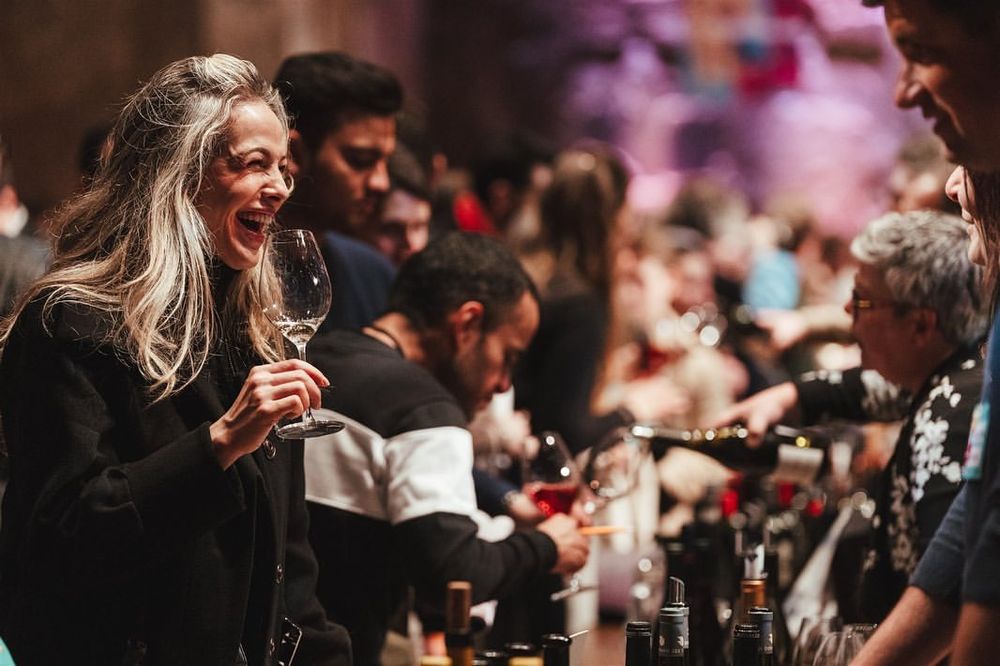
Bibendum suggests exchanging classics for more Wild Card alternatives
For Sauvignon Blanc it pitted Spy Valley from New Zealand’s Marlborough up against Puklavec Family Wines Ena Dva Tri from Slovenia; for Malbec Argento Estate Reserve Organic Fairtrade up against Gérard Bertrand’s Heritage from Cahors, whilst for Cabernet Sauvignon, it suggested exchanging a classic style Chateau St Michelle Cold Creek Vineyard Cabernet Sauvignon alongside one from Ningxia, China, Chateau Changyu Moser XV Helen Mountain Blanc de Noir.
“Curiouser and Curiouser” you might say, but good choices and ones that reflect Bibendum’s great strength, the sheer size and range of its portfolio.
“Making sure we can offer the widest and best value range to our clients remains absolutely key for us,” Bibendum’s Simon Jerome told me alongside the scrum trying to get at the 45 sparkling wines on show at the back of the Centre.
Jerome stressed this has become even more important as the on-trade faces unprecedented challenges, with restaurant closures, increasing abstinence particularly above millennials and asinine alcohol tax increases all helping reduce wine sales.
“Quality is really key. People may be drinking less and spending less but they are increasingly opting for more premium wines that have something to say.”
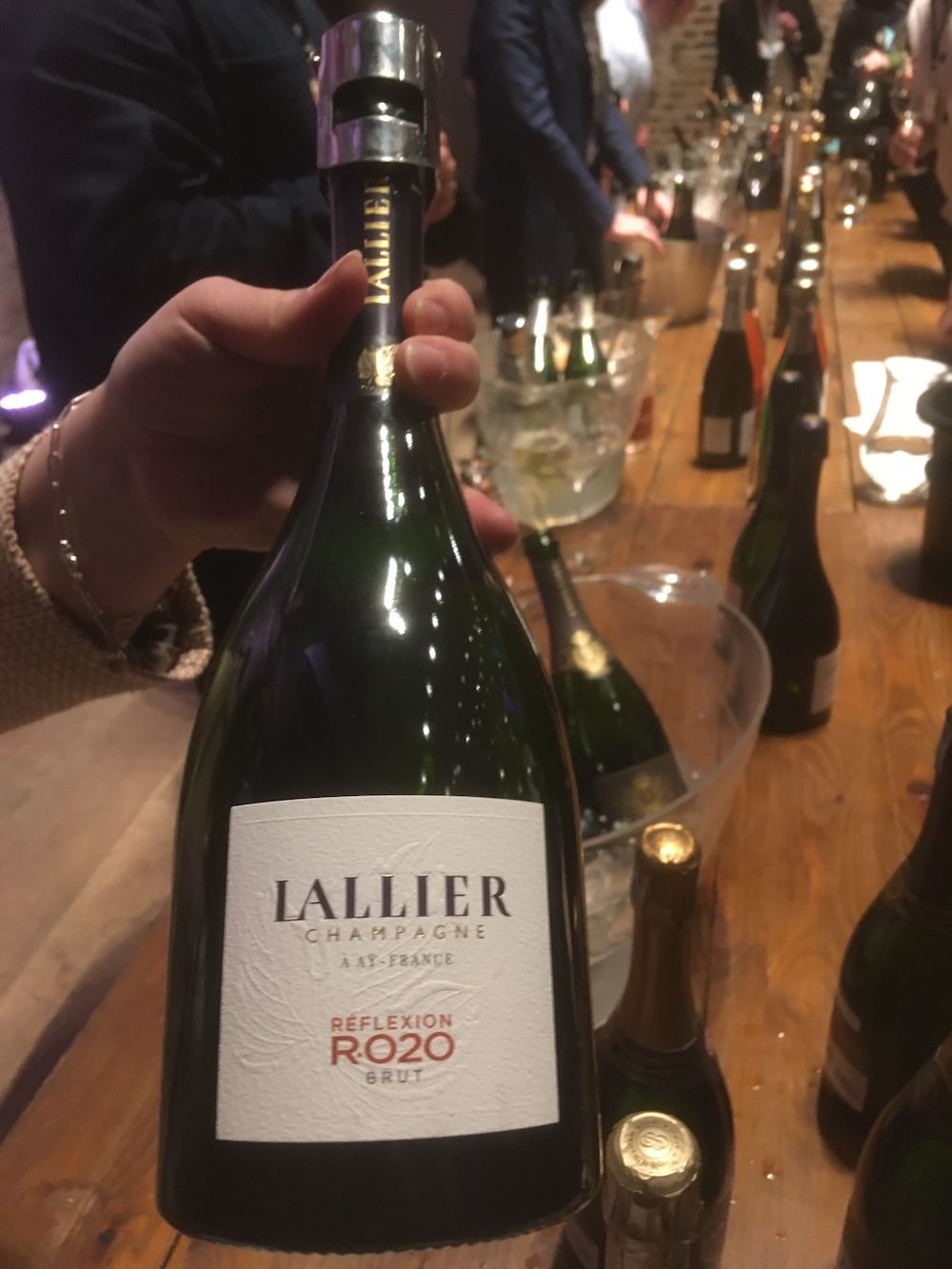
In terms of trends, he identified rosé and sparkling as big growth areas, with people wanting cheer even though times aren’t necessarily um, great and looking for good quality Champagne and alternative sparkling. Fortunately one of Bibendum’s two big recent signings is Campari-owned Champagne producer Lallier (the other is western Australia’s Larry Cherubino), showing a great range of its wines for the first time here.
The tasting booklet suggested there were 329 wines on show, but as the King from Alice in Wonderland advised: “Begin at the beginning and go till you come to the end: then stop,” I did just that and found ten wines which made me smile like the Cheshire Cat.
Oenologically, Austria goes from strength to strength and Bibendum’s range, though small, seems perfectly formed. The Nittnaus Ried Altenberg 2017 Blaufrankisch is a delicious, elegant, mineral and surprisingly full- bodied take on the variety from the Leithaberg DAC in northern Burgenland close to the border with Hungary. Very complex and age-worthy, benefitting from extended lees ageing in barrel, the wine demonstrates how well Central Europe’s leading red – or should that be blue – variety can show when made well.
Similarly impressive is the Huber Ried Alte Setzen Gruner Veltliner 2019, a fresh, mineral and complex single vineyard wine made from Traisental DAC, just south of Wachau. Much of this region’s grapes are grown on the bed of the 15 million-year-old river bed of the Traisen river. A truly great and elegant expression of Gruner, quite hefty 14% alcohol but really carried well.
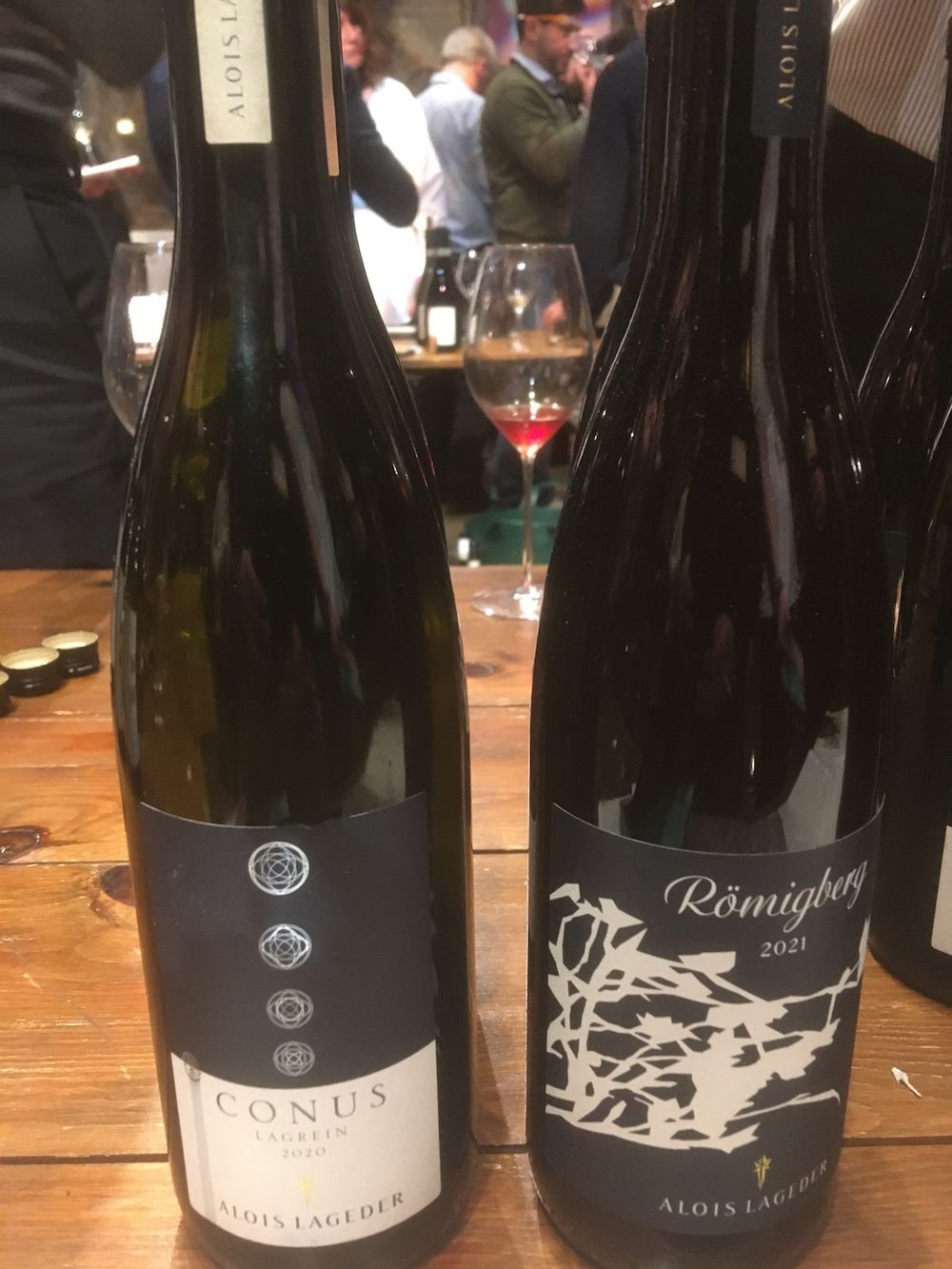
You don’t automatically think Italy when you think of Bibendum, but there are some truly great wines here including the Bottega range, and Luciano Taurasi, a delicious Aglianico from Campania. However, it was the delicious, well-crafted biodynamic wines of Alois Lageder that were attracting the crowds, and rightly so, with the Römigberg Schiava 2021 showing the ethereal delicacy of this variety (AKA Vernatsch/Trollinger) once the most planted in Alto Adige before the Alpine region switched across to white varieties in the 1980s/1990s. Like many Schiavas, this had the slight suggestion of bubble gum on the palate. However, my wine Number three was the other Lageder red, the Conus Lagrein 2020, an amazingly rich and expressive take on the variety, with great dark fruit and great body and, remarkably, just 11% abv, 0.5% less than the already low Ronigsberg. Wonderful wines, by any standards.
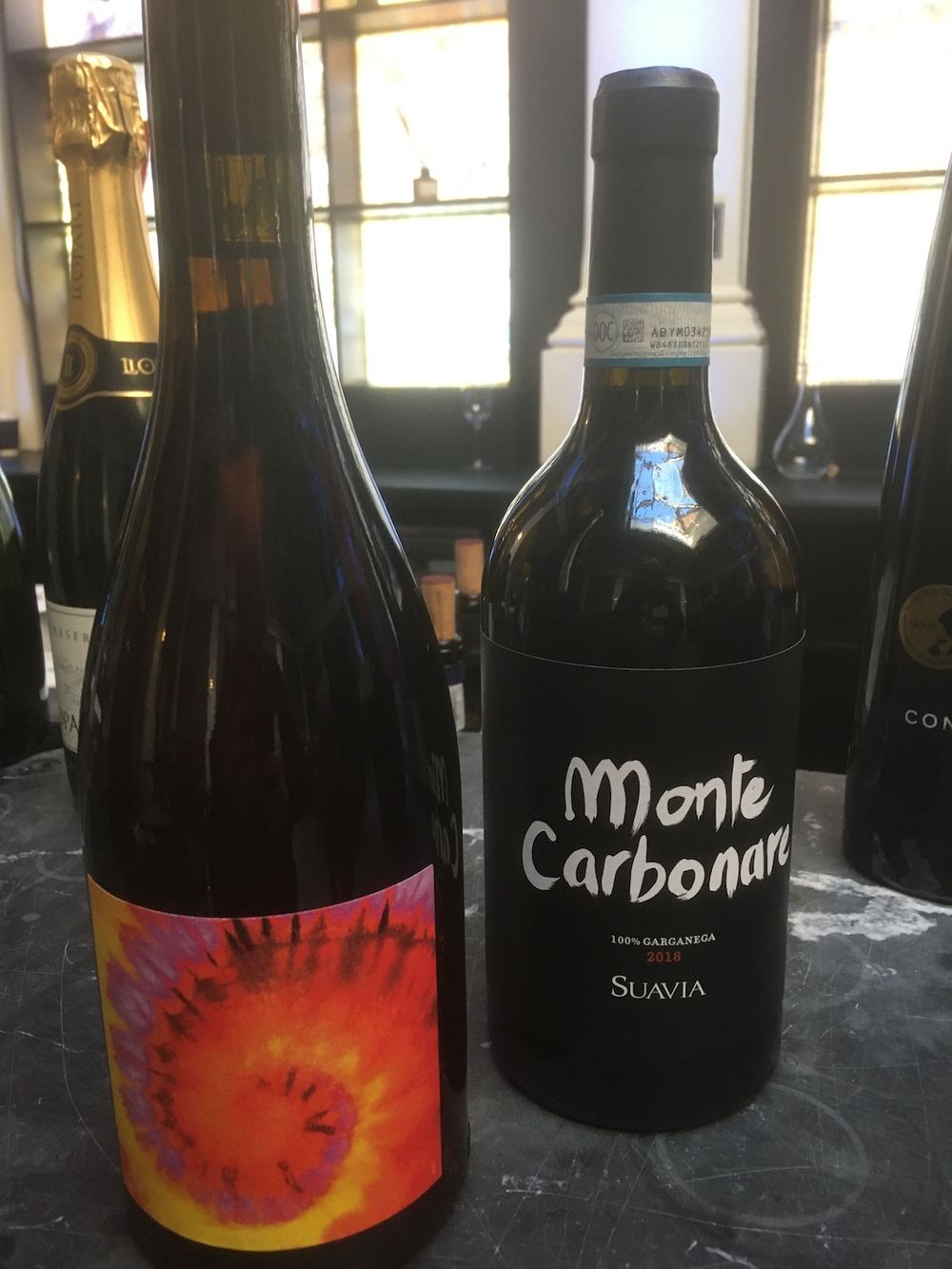
My wine Number 4 is a truly remarkable Soave Classico, the Monte Carbonare Suavia 2018, packed with flavour and wonderful volcanic intensity, it shows apple and pear on the palate and has wonderful length, with a pleasing creamy finish.
This being a Through the Looking Glass tasting, I was hoping there might be wines that would appeal to the Mad Hatter (even if he was more of a tea party guy) and there were, both from France.
I really enjoyed the Domaine Lafarge Taronja de Gris, an orange wine from Languedoc-Roussillon made from Grenache Gris, Muscat and Viognier not too tannic – as some orange wines can be – but left on the skins long enough to give great flavours of orange peel and marmalade (so it would have gone down well at the Mad Hatter’s Tea Party after all). Made in tiny quantities and with a great label this is a great left field wine, as is my other choice, this from the Rhône Valley.
I’ve tasted quite a few sparkling wines made from not-so-obvious varieties recently (including Sangiovese, Sagrantino and Xinomavro) and Château de Rouanne’s Rose Brut Nature is the only one sparkler I’ve tasted made from 100% Mourvedre. Surprisingly delicate, with a light mousse, nice acidity and minerality, there are suggestions of strawberry and red cherry on the palate. Made in the Charmat method, this is refreshing – and unusual.
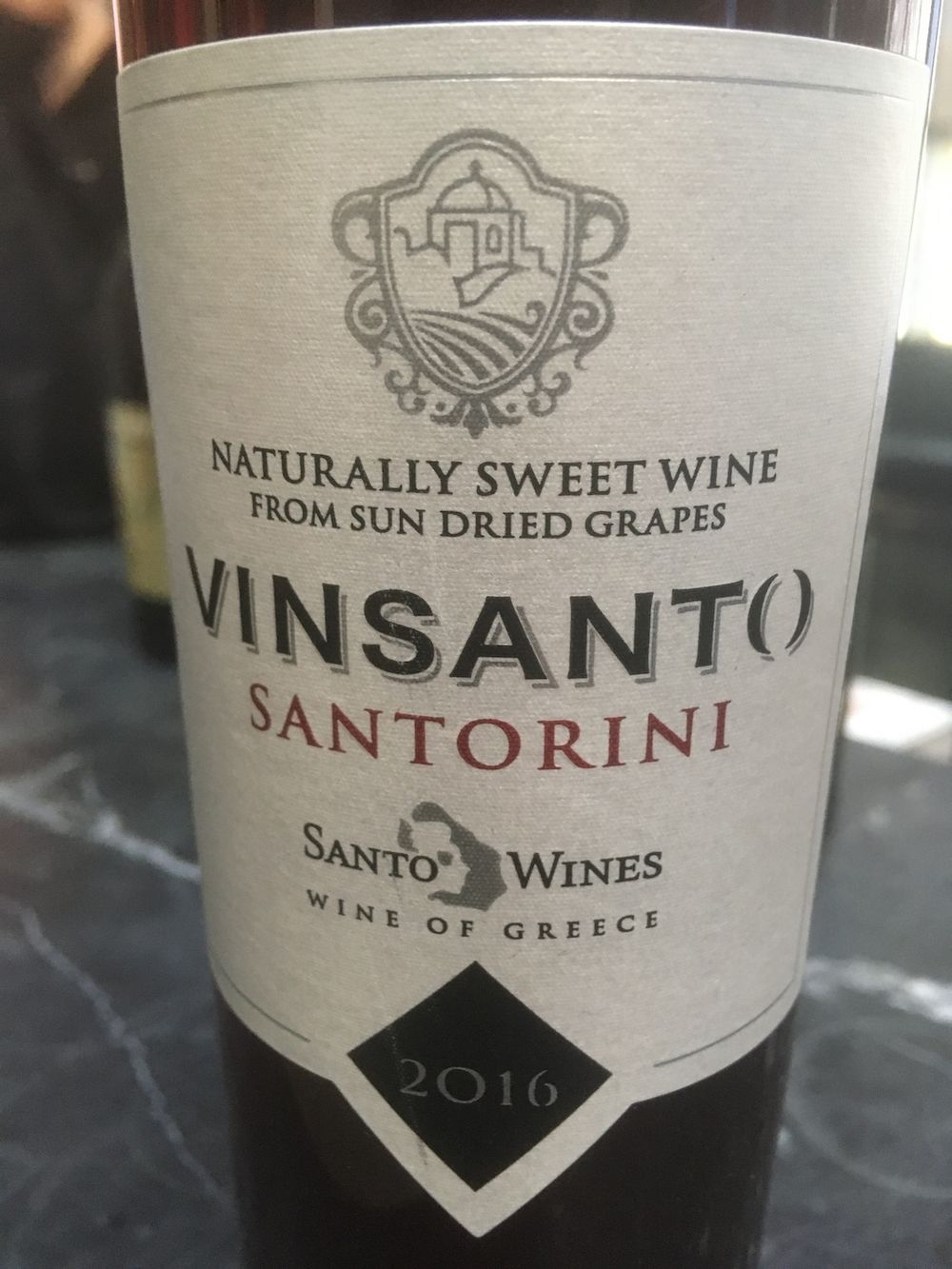
From the eastern Med two spectacular wines. A few weeks ago I was discussing the origins of Vin Santo with an Italian friend and he insisted it started life as a holy wine in Tuscany, until I told him it actually originated in Santorini (the clue is in the name). The Santo Santorini Vin Santo from the island’s leading coop is an absolute cracker, (85% Assyrtiko, 15% Aidani) warm dark amber in colour, bursting with flavour with cinnamon, raisin and cloves. An incredibly long finish and just 11.5% abv(many Italian Vin Santos can be up to 16%). Great stuff.
From Lebanon, a great take on one of the troubled country’s few indigenous grapes, Obeidi by Domaine Wardy in the Bekaa Valley; very dry, fragrant but also surprisingly full bodied, there are suggestions of apricot and peach here and a little orange blossom too. The wine comes from old vineyards in the Bekaa Valley, which lends it nice complexity.
And to finish, the Americas. From South America, Chile’s adopted native grape Carmenere is given wonderful expression by Santa Rita in Pewen, a full-on take on the variety, dark velvet colour, blackcurrant and black cherry on the palate, very full but amazingly just 13.5% abv – it tastes much more.
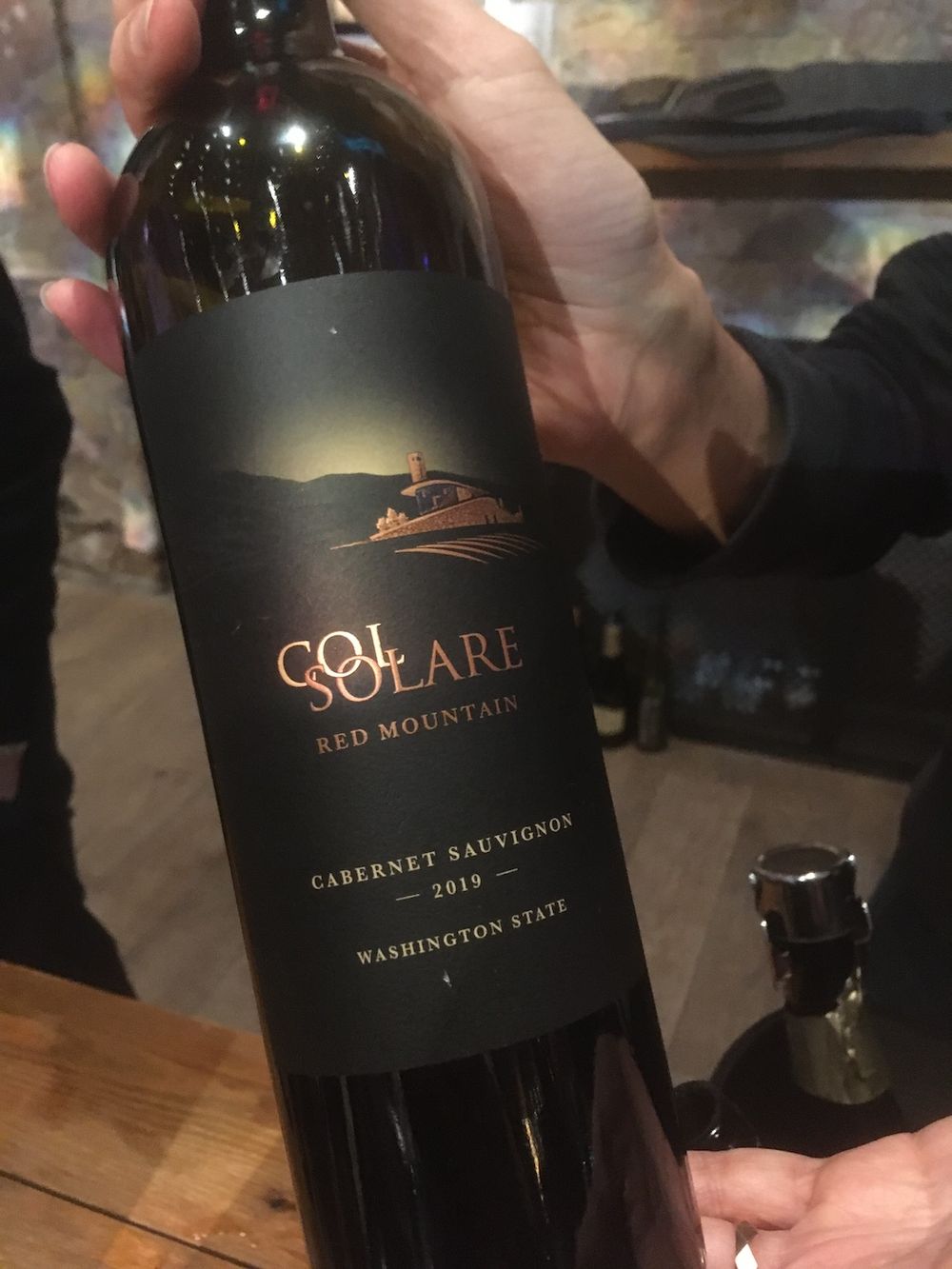
From North America – Washington State by way of Italy – a wine icon, Col Solare, the result of the venture between Chateau St Michelle and Antinori; the 2019 is a full-on Cabernet Sauvignon, dark cherry and rich marzipan, there’s also coffee, cocoa and vanilla on what is a really long and delicious palate.
In conclusion…
So, emerging from the Rabbit Hole that is the Battersea Arts Centre, my sense is that Bibendum is in a good place right now despite the challenges it and parent company C&C have faced in recent months. Most importantly, as this tasting showed, it seems committed to diversity in its range of wines which, as drinkers become more discerning, has to be the way forward. I’m sure even the Mad Hatter wouldn’t argue.
Bibendum is a commercial partner of The Buyer. To discover more about them click here.
